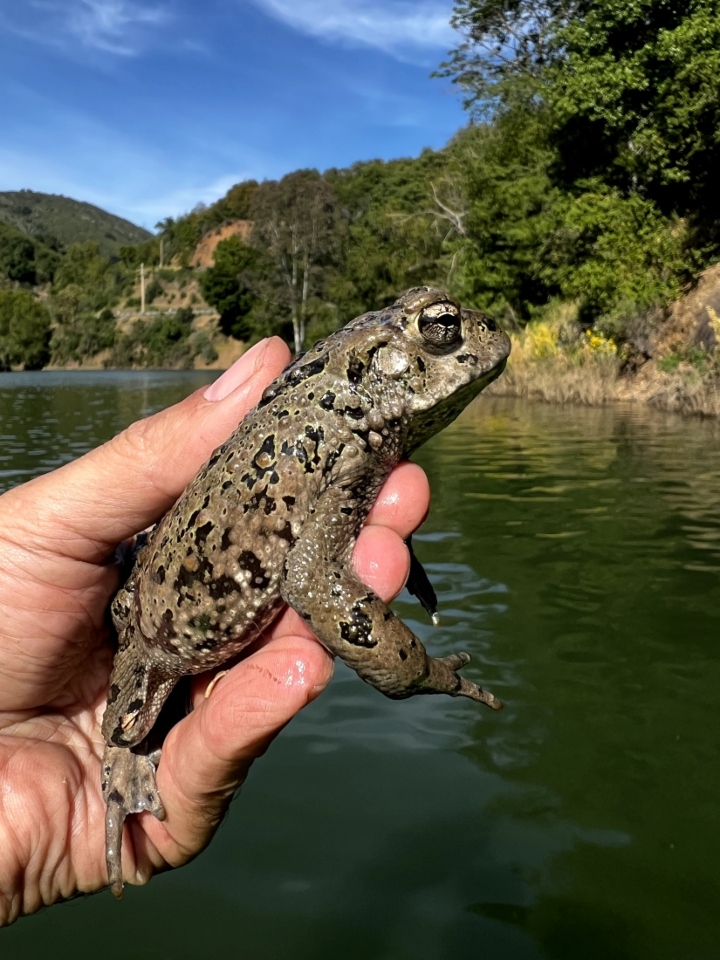SANTA CRUZ MOUNTAINS
Herp Habitat.
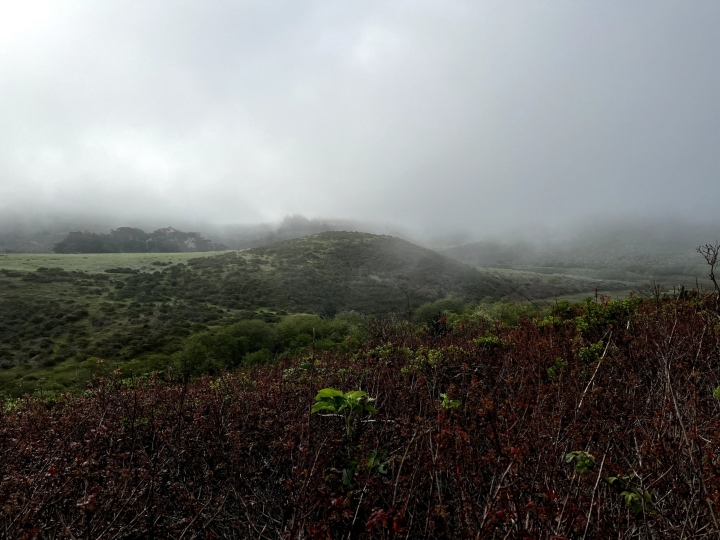
When most people hear the word “boa” they think of a tropical serpent of gigantic proportions. But not only is the Rubber Boa the most northerly-occurring member of the boa and python family, it also is rather small, never getting to 3 feet in length.
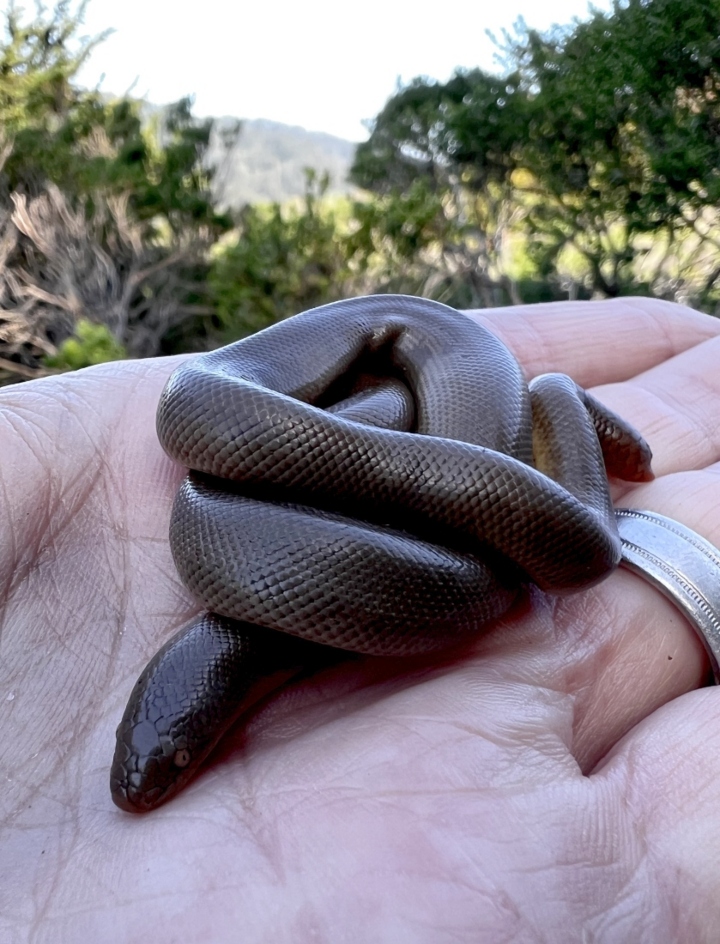
Unlike most snakes, the very secretive Rubber Boa likes relatively cool temperatures – 50-60 degrees. These snakes have a subterranean existence at least some of the time, they disappear in warm weather and seek cooler surroundings and moisture – often underground.
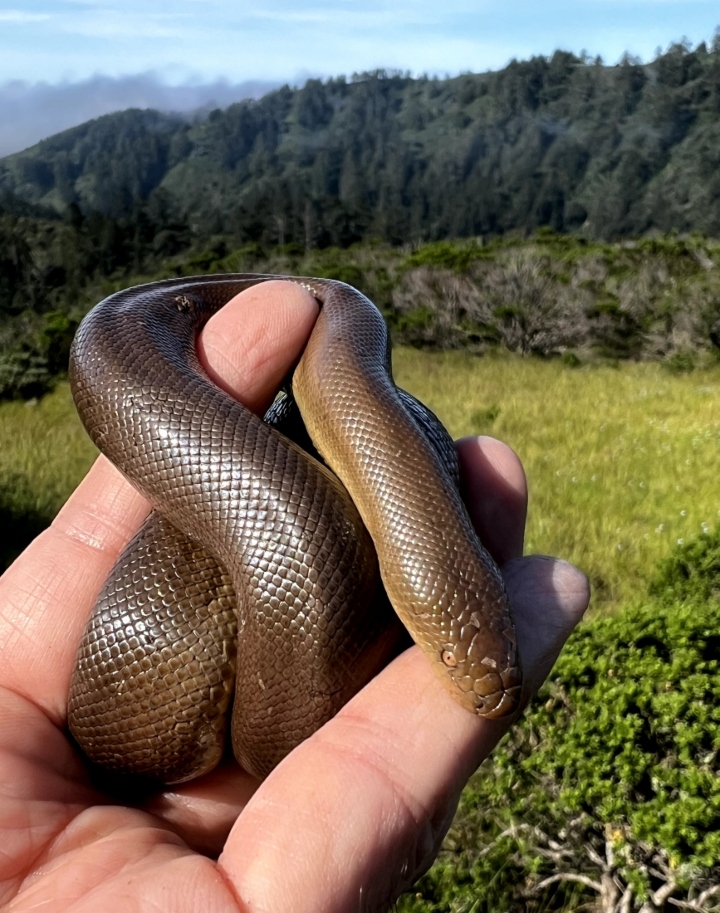
Western Yellowbelly Racer - young racers are marked with brown blotches which disappear as the reptile grows. Racers are a family of snakes that can be found across the United States, living in abandoned fields, sparse brushy areas and clearings in woodlands.
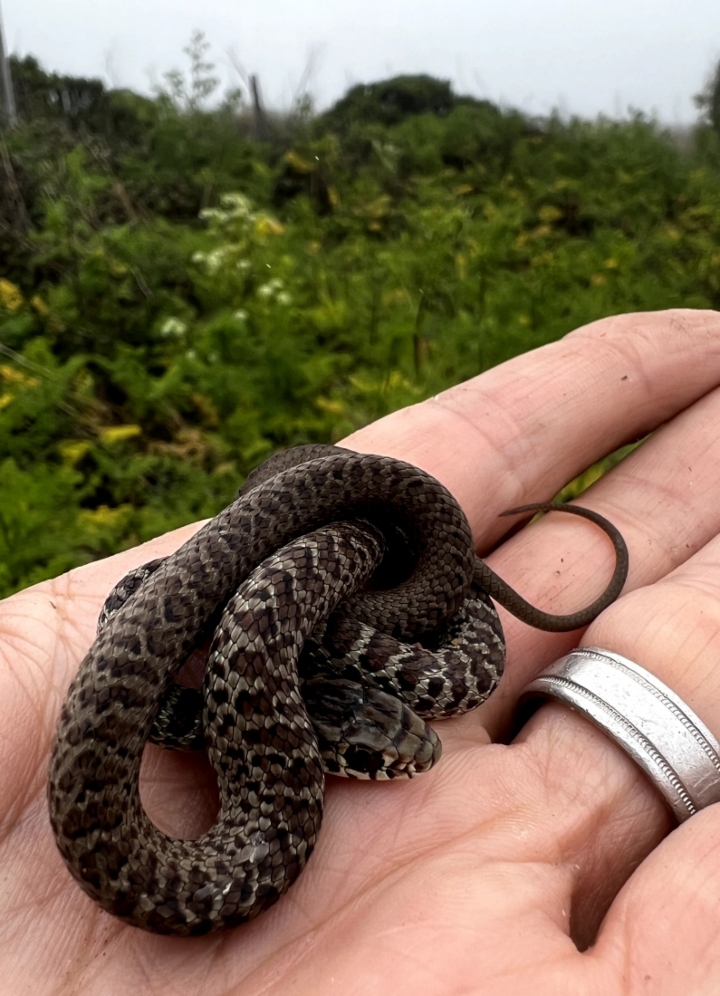
The Western Yellowbelly Race is active by day and will take shelter under rocks, brush or in animal burrows if pursued. As the name implies, they can move very fast – especially through tall grass or brush.
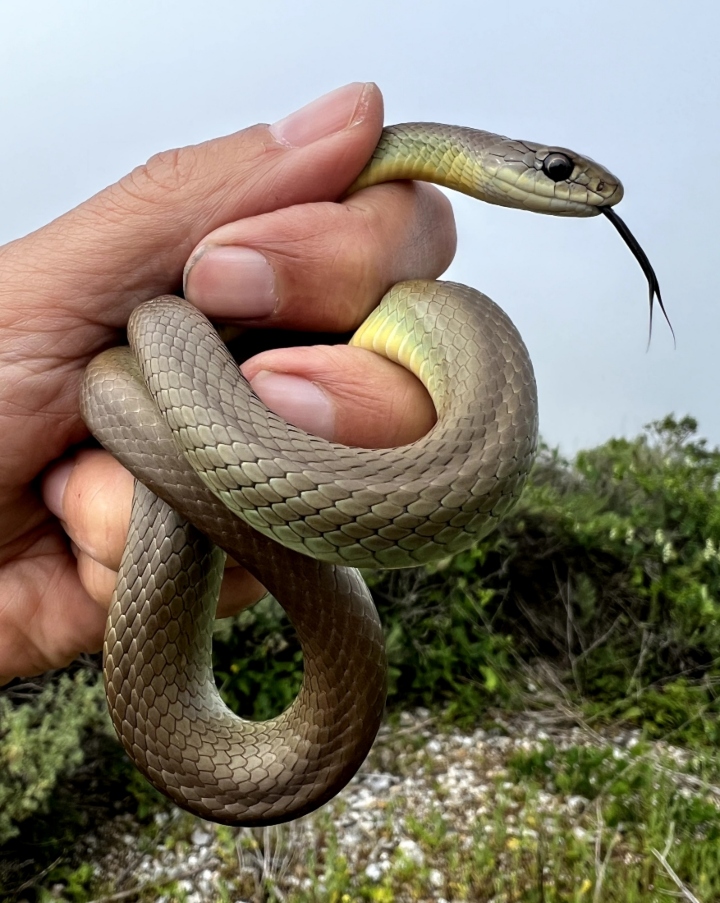
A Darkling Beetle doing a "headstand."
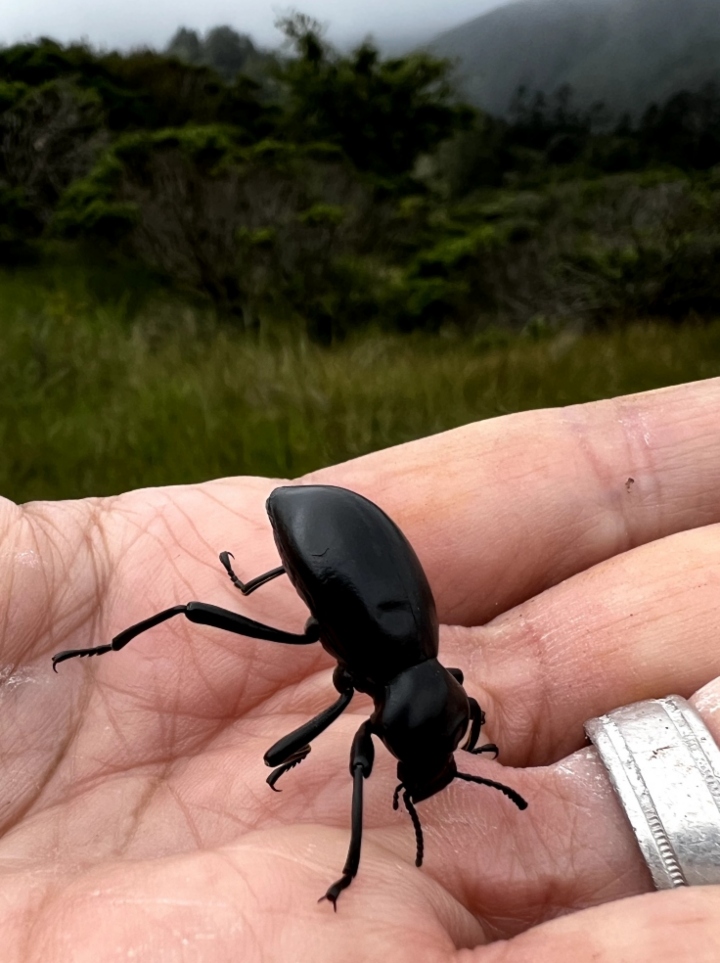
The Northern Pacific Rattlesnake is the most widely distributed venomous reptile in California; it is one of the nine subspecies of the western rattlesnake.
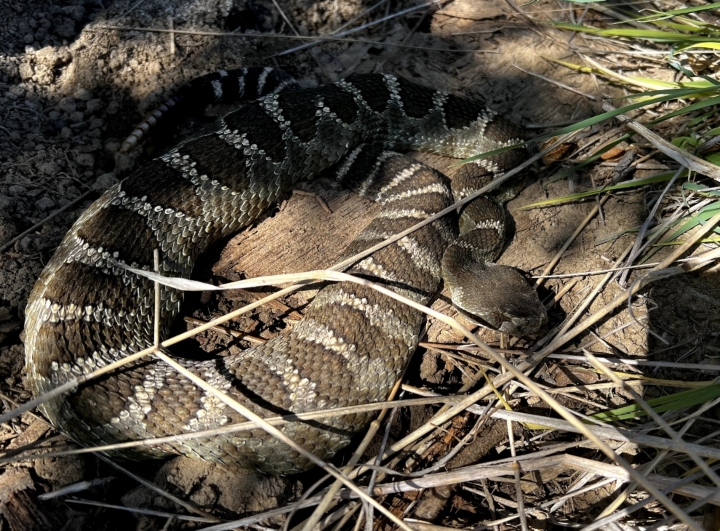
Banana Slug - not only are they colorful, but they are the second largest terrestrial slug in the world, growing up to nearly 10 inches.
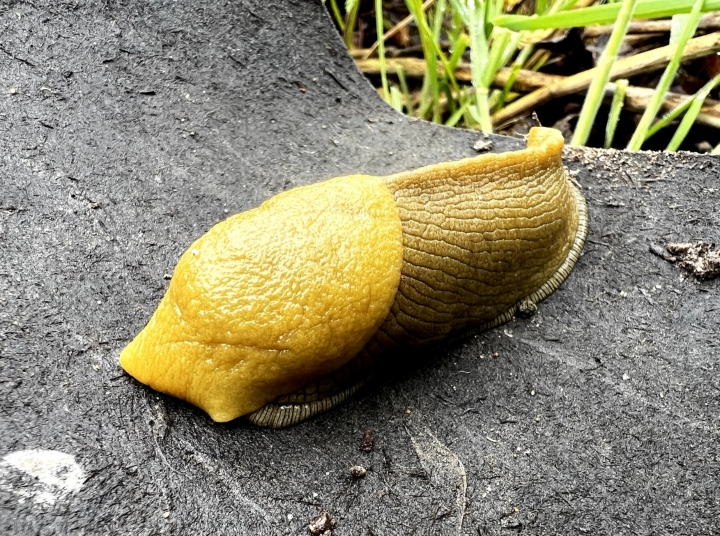
Pacific Gopher Snakes are primarily active during the day, though are sometimes seen moving and hunting at night – especially during warm weather. Harmless to humans, these reptiles are important to keeping the rodent population in check and maintaining their local ecosystems.
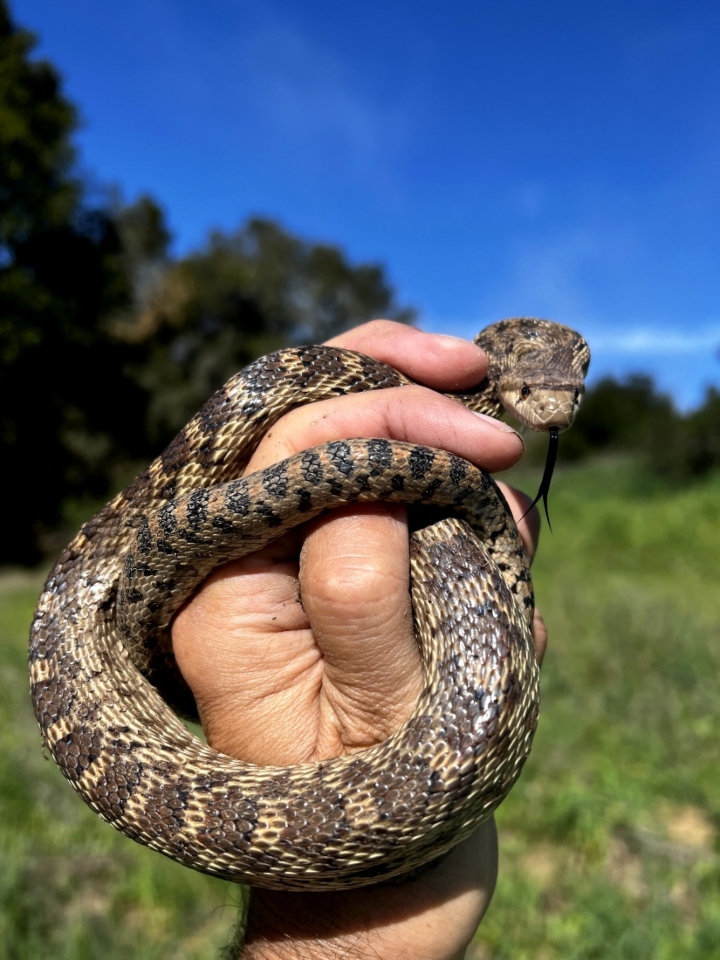
Because Rubber Boas tend to live in relatively cold areas of the United States and sometimes at high elevations, these snakes may hibernate six months out of the year in some areas.
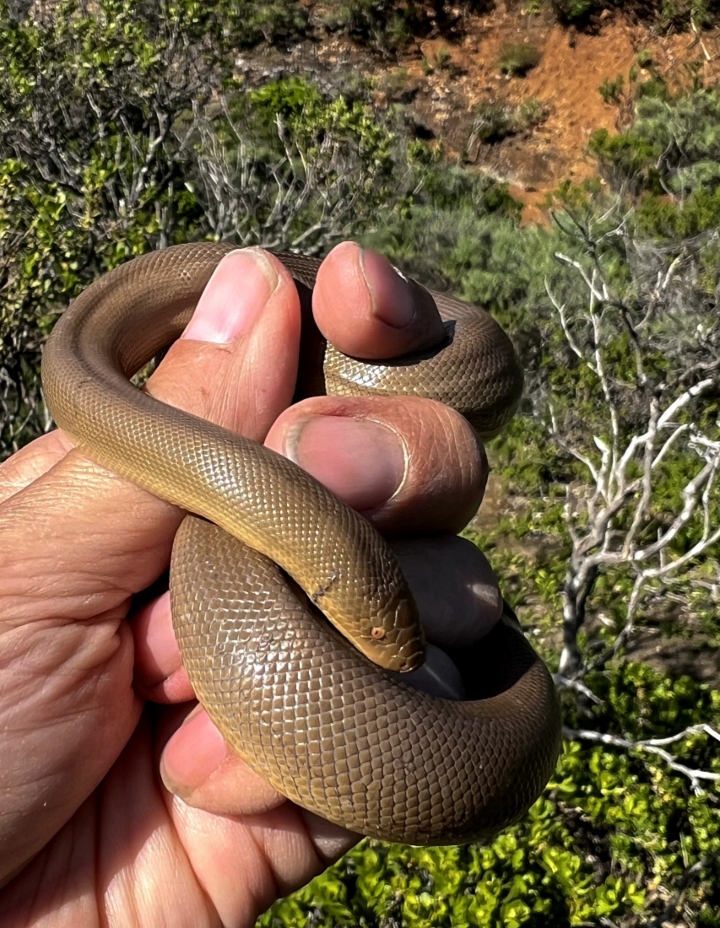
The Rubber Boa is shy and rarely attempts to bite when caught. It is slow-moving and tends to curl up in a ball and hide its head when confronted with danger that it cannot escape from.
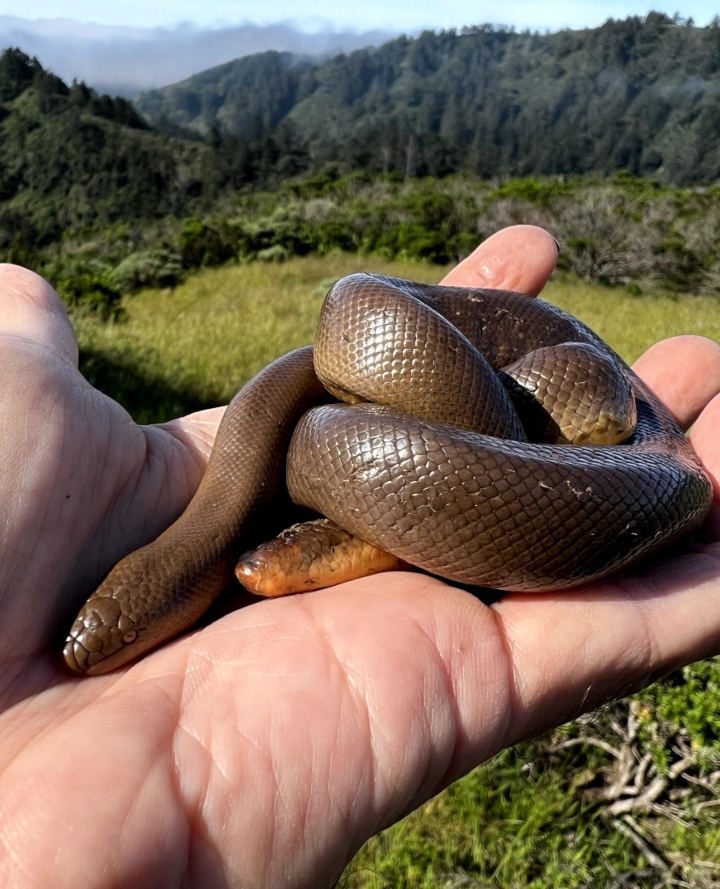
Southern Alligator Lizard - these lizards are thought to be more closely related to snakes than most other species of lizards. Like snakes, they shed their skin in a single intact piece by turning it inside out as they crawl out of it.
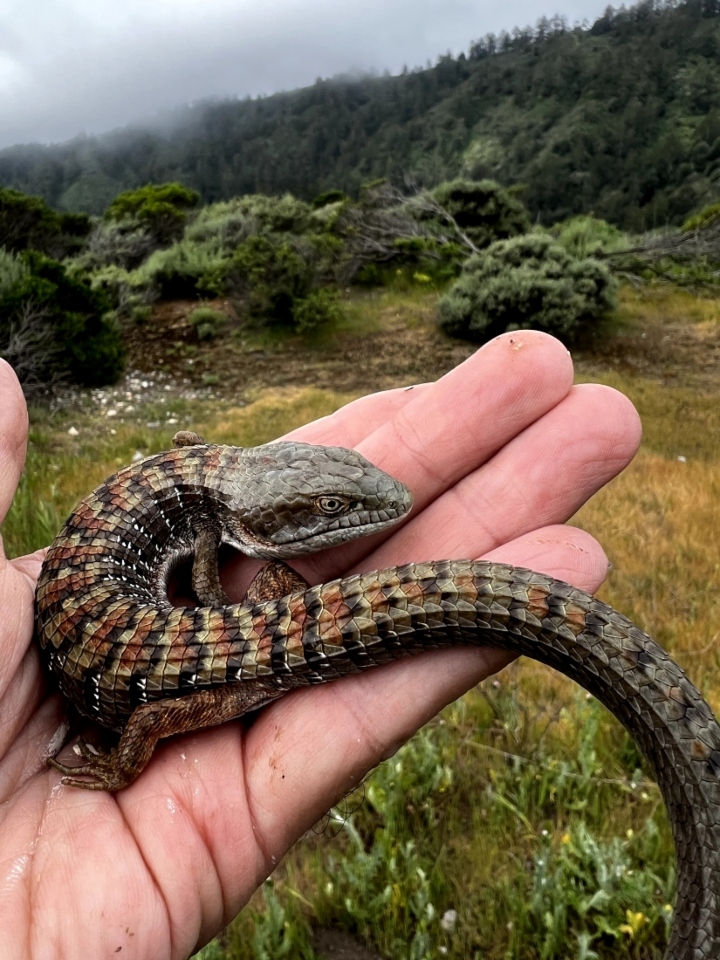
A Santa Cruz Garter Snake in the Santa Cruz Mountains.
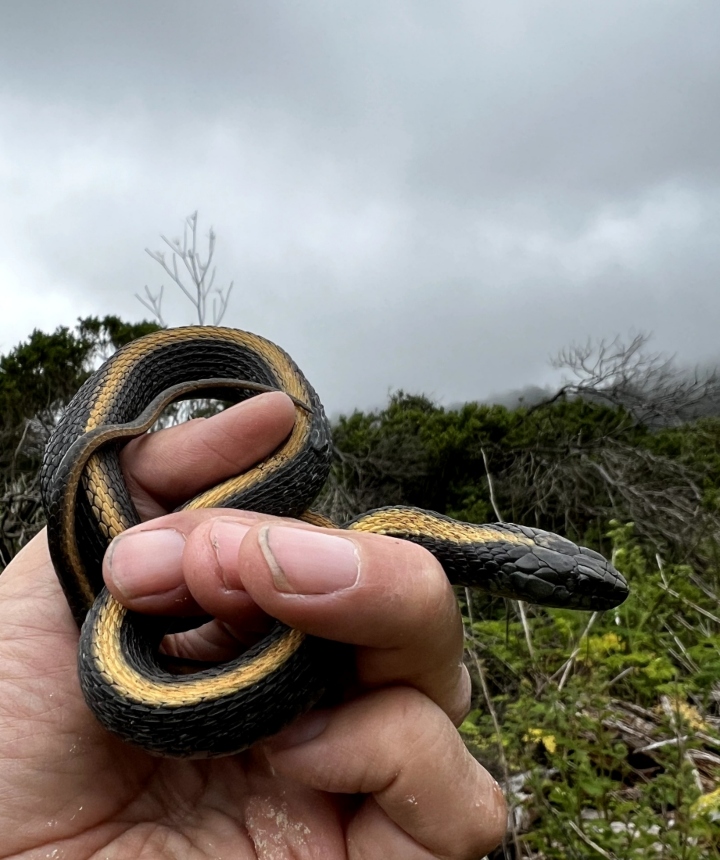
California Newts are large salamanders reaching a total length of around 8 inches. They are slow moving and have “expressive” faces. These amphibians have dry, warty skin that is not slimy and are light brown to black with a yellow to orange belly.
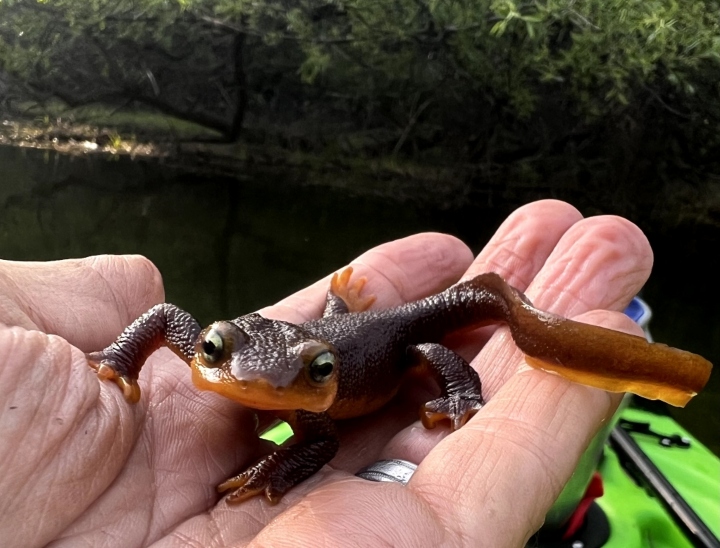
The California Toad is large and robust with dry, warty skin. It is slow moving, often getting about by walking or crawling instead of hopping.
